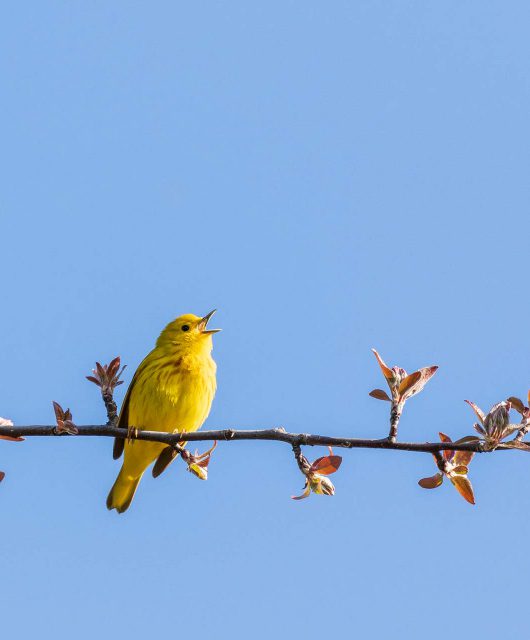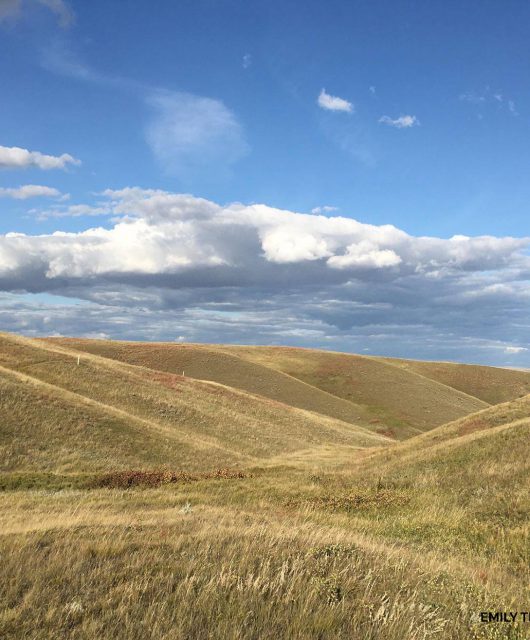“Can I have a pet turtle?”
A phrase many parents (my own included) the world over have heard from their kids upon encountering the tank of baby turtles at the pet store. And why not? The turtles in question are often Red-eared Sliders — no bigger than a loonie. They’re brightly coloured and look absolutely adorable among the decor of the tank. What could possibly go wrong?
A lot, it turns out.
Terrible Pets and Terribly Invasive
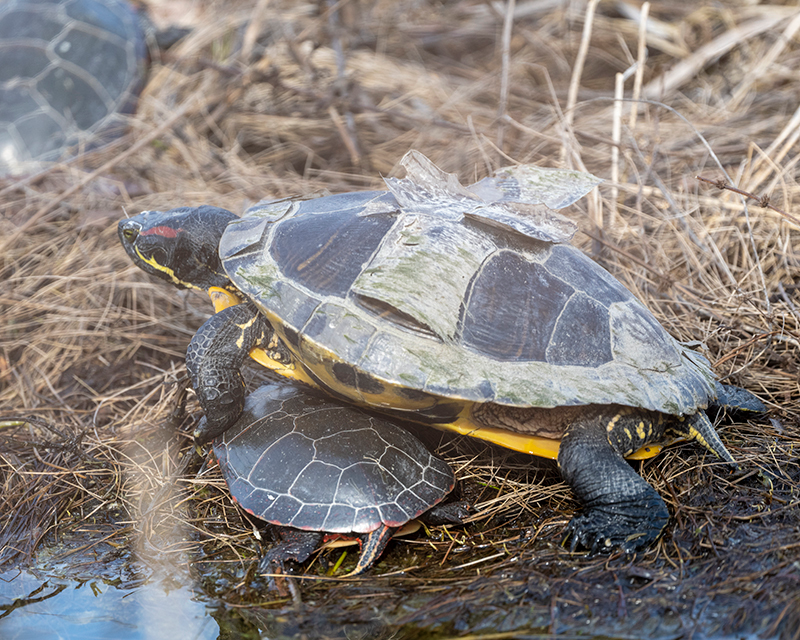
What the sellers often fail to mention is that turtles and tortoises are (for most people) pretty terrible pets. Most species need a much larger tank than what most people are willing to accommodate. Also, they need special lighting and there’s a decent chance they will outlive you, if cared for properly. Unfortunately, this creates something of a cycle where people buy a pet turtle, realize that they are not able to give adequate care, and then release it into the wild because any rescue centre that takes in turtles is at capacity.
Oh, and the Red-eared Slider is one of the most invasive species in the world. Did I mention that?
The Red-eared Slider is native to the southern United States, but it is now found in the wild on every continent, except Antarctica. One of the chief concerns with their non-native distribution is that this species often hogs prime basking locations. Basking is a vital behaviour for many turtles, as this helps them maintain proper body temperature, rid themselves of leeches and helps females develop their eggs. This is doubly true for our Canadian turtles since they have a relatively short summer.
Using iNaturalist Canada to Study Invasive Red-eared Sliders in Canada
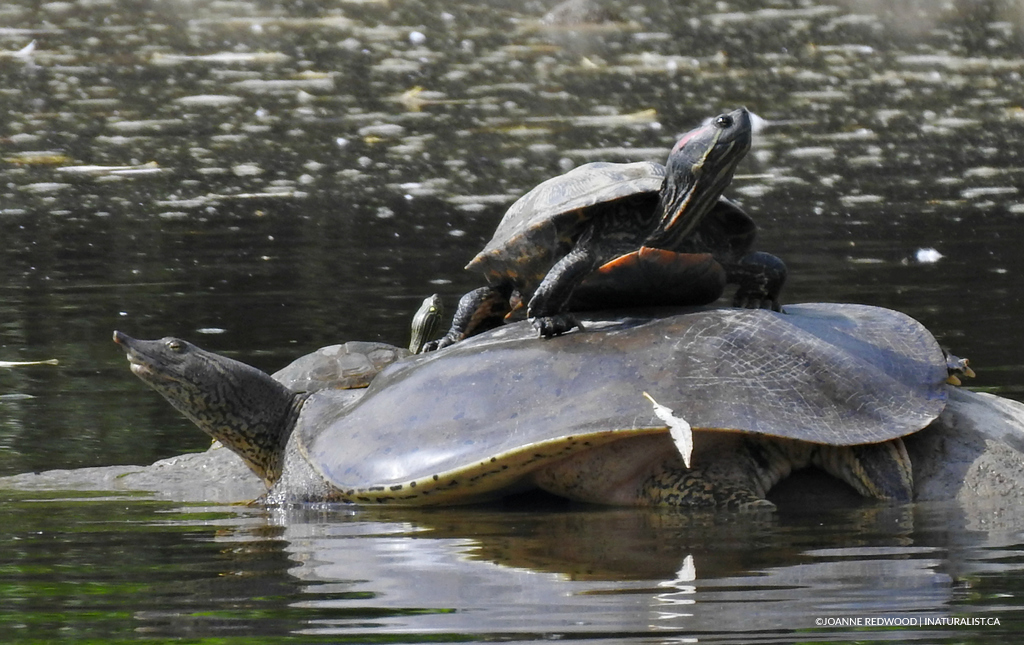
To determine if the Red-eared Slider poses a risk to Canadian turtles, we took to iNaturalist Canada to look at interactions between this species and our native turtles. iNaturalist is a citizen science platform where anyone can post photos and locations of native or exotic species. Photo recognition software and other users help identify the species observed, and then researchers can use the data as part of their studies.
The CWF turtle team first examined how likely it was that Red-eared Sliders bask alone or in a group and, if they are in a group, what species they are basking with. We repeated the process with the native Painted Turtle and then compared results. It turns out that sliders are more apt to bask alone, but many also basked with native turtle species. iNaturalist Canada had observations of Red-eared Sliders basking with many native species of turtles including Painted Turtles, Blanding’s Turtles, Northern Map Turtles and even Snapping Turtles! We even found a few photos of Painted Turtles basking on top of Sliders!
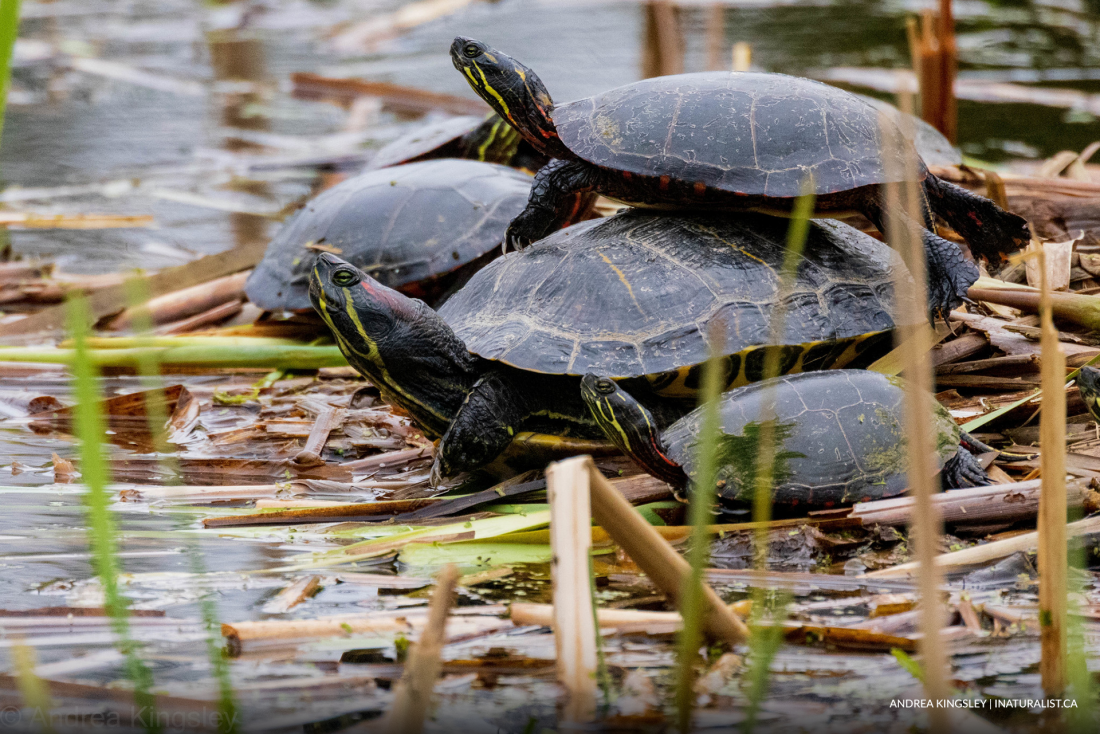
So what does this mean for the future of our native turtles? Our results are not conclusive, but suggest that Red-eared Sliders will share basking sites with native species of turtles, at least some of the time. This is not to say that it is okay to release a pet turtle into the wild — they are still able to cause harm in less direct ways. Exotic species can easily bring exotic diseases or parasites with them and may interact with native species in other ways that are not immediately obvious. For example, the Red-eared Slider has been observed eating the hatchlings of other species of turtles.
As such, we strongly recommend doing research before acquiring a new pet and NEVER release them into the wild. But if you do have your heart set on getting a pet turtle, why not try adopting one in need of a new home? You can also help by joining iNaturalist Canada and reporting what you see, whether it’s native or not. Doing so helps researchers track the spread and impact of non-native species. You can also check out our article with the full breakdown of our results!

